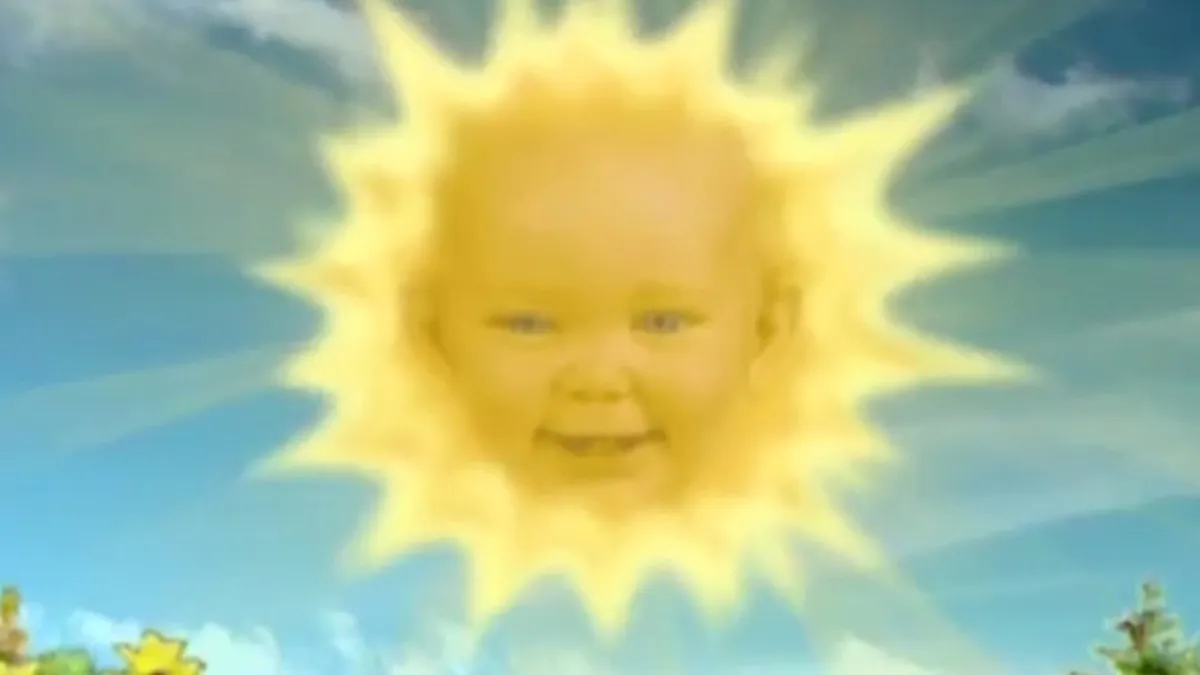A pair of twin spacecraft from NASA’s Gravity Recovery and Interior Laboratory (GRAIL) mission have completed a new map showing the Moon’s gravity in unprecedented details. The new map is now the most detailed map of the gravity of any celestial body. The new data could help scientists understand how the Earth and other planets form. If we’re lucky, it could also lead to revolutionary new moon bounces at parties, or at least safer moon bounces. Okay, maybe not, but it’s still neat.
The detailed new map reveals a host of interesting features on the Moon such as basin rings, volcanic structures, and even the Moon’s tectonic structure. Another discovery from the mission was that the bulk density of the highland crust on the Moon is much less than previously thought, but the new density readings go well with findings from the early Apollo missions.
The GRAIL mission’s co-investigator, Mark Wieczorek of the Institut de Physique du Globe de Paris, said:
With our new crustal bulk density determination, we find that the average thickness of the Moon’s crust is between 21 and 27 miles (34 and 43 kilometers), which is about 6 to 12 miles (10 to 20 kilometers) thinner than previously thought. With this crustal thickness, the bulk composition of the Moon is similar to that of Earth. This supports models where the Moon is derived from Earth materials that were ejected during a giant impact event early in solar system history.
The gravity field was measured by having the pair of spacecraft fly in formation and measuring slight variations in their distance as they passed objects both on the surface and below it. The twin craft were originally designated only as GRAIL A and GRAIL B, but a contest in January of this year had them renamed Ebb and Flow by students in Bozeman, Montana. That’s adorable. Well done, students.
NASA has released a video of the map showing the gravitational variation from March to May of this year. It is brightly colored and beautiful.
(via NASA)
- NASA released a gorgeous simulation of the lunar phases
- Saturn has two moons that look like Pac-Man and we’re totally jealous
- 3D printing on the Moon using moon rocks is a great idea









Published: Dec 5, 2012 05:35 pm